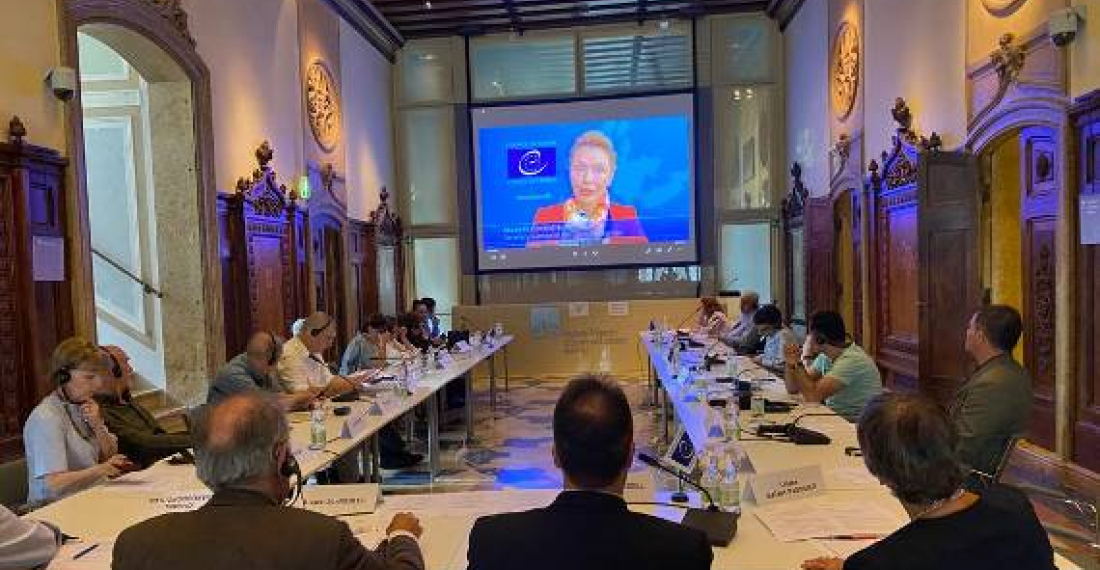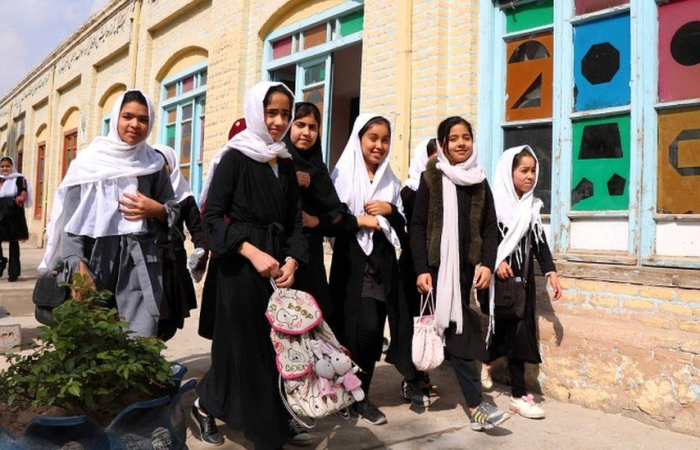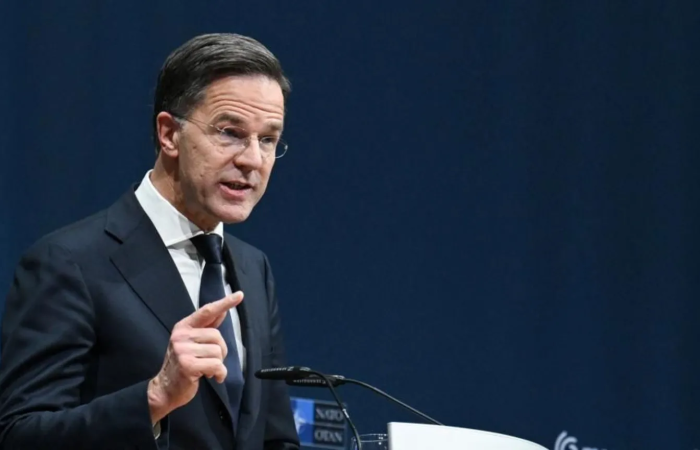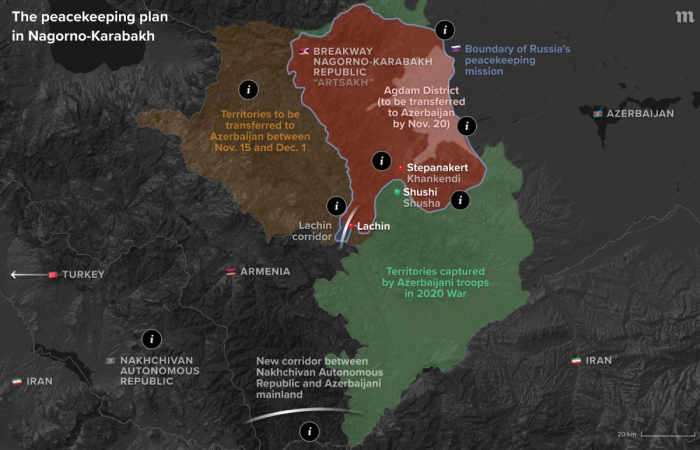Peace-building initiatives and confidence and trust building measures have been a feature of the efforts to resolve peacefully the Armenia-Azerbaijan conflict for decades, with little impact says Benyamin Poghosyan in this op-ed for commonspace.eu. In Armenia many are questioning the value of continuing meetings and discussions. Yet, experts cannot live in a vacuum or an artificially created wonderland. "They need to meet and speak with each other, if not to build confidence but at least to better understand the other side's logic and motives, thus providing a more realistic assessment to their societies about the available options. After what happened in Nagorno Karabakh in September 2023, hopes for reconciliation between Armenians and Azerbaijanis, or establishing lasting peace between Armenia and Azerbaijan are far away from reality. However, there is still an opportunity to have more or less stable relations between two countries, and confidence building measures can play a role in that", he argues
Confidence-building measures have long been perceived as essential to the process of conflict settlement. The Nagorno Karabakh conflict was not an exception, and almost immediately after the end of the first Nagorno Karabakh war in 1994, steps were taken to launch confidence-building measures involving Armenians from Armenia and the self–proclaimed Nagorno Karabakh Republic and Azerbaijanis. The primary idea behind these steps was to facilitate the peace process, which was at the time the sole prerogative of the OSCE Minsk Group and, in particular, its three co-chair countries – Russia, the US, and France.
Confidence-building measures evolved in parallel with the negotiations, but were quite distinct and separate. They often had simple goals such as bringing young people, women, and others together, and sometimes, such as the case with the South Caucasus Parliamentary Initiative (2002-2009), they were more ambitious. The fascinating terms like track 2, track 1.5 and track 1 diplomacy were an intricate part of the process, but the Co-chair countries had little time for track 2 and track 1.5 initiatives; more often than not they ignored them, and sometimes they tried to organize some confidence building measures of their own.
However, as the negotiation process stalled after the failed Kazan summit of June 2011, peacebuilding initiatives turned into meetings out of public view between "members of a closed club" who had known each other for many years, if not decades. They had little influence on the processes underway in Armenian and Azerbaijani societies. The process became a routine, with no clear goals and hopes to reach tangible results.
The 2016 four-day war was the first sign that the Armenia – Azerbaijan conflict settlement process was not going in the right direction – towards a peace agreement - but instead reached a dangerous threshold of large–scale war. The 2018 "Velvet Revolution" in Armenia created hopes for a possible breakthrough in negotiations. Some believed that the new Armenian authorities' unparalleled legitimacy would make it easier for them to accept painful concessions. Others argued that the new leadership had no direct connections with Nagorno Karabakh and the first Karabakh war, which would facilitate their efforts to gain an understanding with Azerbaijan. However, regardless of the real intention of the new Armenian leadership on the future of Nagorno Karabakh, two years after the "Velvet Revolution," the second Karabakh war started, significantly changing the status quo in the region. Azerbaijan took control over the so-called security zone around Nagorno Karabakh and 30 percent of the region. At the same time, Russian peacekeepers were deployed in Nagorno Karabakh for the initial five-year term.
The 2020 Nagorno Karabakh was a wake-up call for the international community, who, in the last 25 years, spent significant resources on track two processes. Many started to argue that these actions were a waste of time and money. Others mentioned that the problem was not in theory but in implementation, as track 2 initiatives have become a separate entity with a separate life, detached from reality on the ground and from the processes among the societies. After the initial shock, the second opinion prevailed. In 2021, new confidence-building initiatives were launched with the involvement of new faces. They had soberer views on the situation and accepted that the 2020 war did not solve issues between Armenia and Azerbaijan, and conflict would continue. The EU facilitated and funded many of these new initiatives within its growing role in the negotiation process, as the Brussels format became the primary venue for high-level official meetings.
In late 2021 – Summer 2023, many meetings took place between Armenians and Azerbaijanis, including discussions between experts on geopolitics and foreign policy, journalists covering the regional security dynamics, and experts on energy, transport, and water management. The part of the discussions was focused on the future of Nagorno Karabakh and the possibilities to ensure the rights of Armenians living there while reconciling this fact with the notion of territorial integrity of Azerbaijan. In this context, that process was closer to the reality and the official negotiations, as participants of confidence-building measures could meet local and European officials involved in the negotiations.
However, Azerbaijan demanded the dissolution of the self-proclaimed Nagorno Karabakh Republic and its defense army, otherwise threatening to use force. At the same time, Armenians of Nagorno Karabakh knew very well that they could not simply receive Azerbaijani passports and live as Azerbaijani citizens under Azerbaijani jurisdiction. It became clear that a new large-scale military escalation was almost imminent. Thus, few were surprised when Azerbaijan launched an offensive on September 19, 2023, and forced the dissolution of the self-proclaimed Nagorno Karabakh Republic, while all Armenians were forced to leave the area within ten days.
As no Armenians are left in Nagorno Karabakh, Azerbaijan now speaks about "the right to liberate Azerbaijani enclaves under the Armenian control" and demands special guarantees to ensure the safety of Azerbaijanis, who will pass via Armenia to travel from Azerbaijan to Nakhijevan.
In current circumstances, the Armenians who have been part of these new confidence-building initiatives since 2021 face tough choices and dilemmas. What is the meaning of continuing meetings and discussions if all know what is probably going to happen soon? Meanwhile, it seems that the EU believes there is now more need for confidence-building measures, as Brussels decided to provide additional funding for these initiatives.
As many are still seeking to come to terms with the events of September 2023, it is too challenging to provide definite answers to these difficult questions. However, one thing is clear – Armenia cannot avoid its geography, and Azerbaijan and Turkey will remain significant players in the South Caucasus in the foreseeable future. While it is up to decision-makers to take political steps towards one or another directions, experts cannot live in a vacuum or an artificially created wonderland. They need to meet and speak with each other, if not to build confidence but at least to better understand the other side's logic and motives, thus providing a more realistic assessment to their societies about the available options. After what happened in Nagorno Karabakh in September 2023, hopes for reconciliation between Armenians and Azerbaijanis, or establishing lasting peace between Armenia and Azerbaijan are far away from reality. However, there is still an opportunity to have more or less stable relations between two countries, and confidence building measures can play a role in that.






